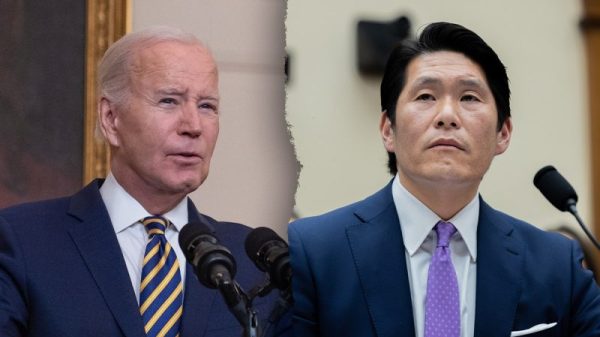The internet has become a melting pot of diverse opinions and content, with individuals freely expressing their viewpoints on various platforms. While this freedom of expression is a cornerstone of the digital age, it also paves the way for a wide range of interactions, from respectful discourse to outright hostility.
A recent phenomenon that exemplifies the extremes of online communication is the 24-hour period dedicated to tributes, critiques, and bizarre sales related to former President Donald Trump and the QAnon conspiracy theory. In this whirlwind of activity, a myriad of actions and reactions unfolded, highlighting the polarized nature of online discussions.
One of the most prevalent activities during this period was the outpouring of tributes to Donald Trump from his supporters. From heartfelt messages of admiration to nostalgic reminiscences of his time in office, individuals took to social media to express their unwavering loyalty to the former president. Some even went to the extent of hawking pieces of Trump’s suit, showcasing the lengths to which some supporters would go to demonstrate their allegiance.
On the flip side of the coin, there were crude attacks launched against Trump and his followers by detractors. These attacks ranged from mocking memes to scathing remarks about his policies and character. The vitriol of these criticisms highlighted the deep divisions that exist within online communities, with individuals resorting to insults and belittlement rather than engaging in productive dialogue.
Amidst this backdrop of tributes and attacks, the QAnon conspiracy theory also played a prominent role in the online discourse. Followers of QAnon utilized the 24-hour period to reaffirm their beliefs and spread conspiracy theories about political figures and events. This resulted in a further polarization of online communities, with QAnon supporters facing backlash from those who viewed the theory as dangerous and unfounded.
In conclusion, the 24-hour period dedicated to Trump, QAnon, and the ensuing online discussions served as a microcosm of the complexities of digital communication. From heartfelt tributes to crude attacks, and from the hawking of memorabilia to the propagation of conspiracy theories, the range of activities showcased the diverse and often divisive nature of online interactions. As we navigate this digital landscape, it is essential to approach discussions with respect, critical thinking, and an openness to differing perspectives in order to foster meaningful dialogue and bridge the divides that exist in online communities.


































